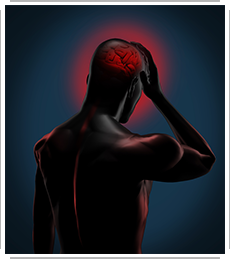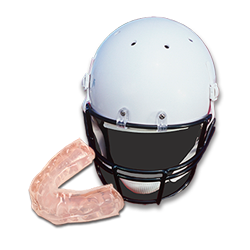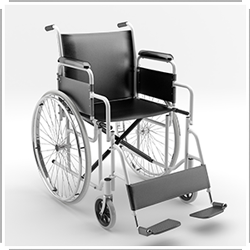Overview
 Courtesy ThinkStock: Wavebreakmedia Ltd
|
Once a concussion is identified, your focus is to manage the injury to prevent potentially catastrophic outcomes. Managing the concussion involves more than just treating the injury. The goal of a concussion management is:
to maximize recovery and prevent long-term and chronic manifestations of issues, to pull everything together for the recovery team comprised of the patient, parents, school and athletic personnel, and you, the licensed health care professional. |
Concussion Management is Critical
As discussed earlier in this course, appropriate medical management avoids exposing the athlete to serious risks. When managing concussions, the potential impacts of such risks may fall into one or more of these categories:
IMPACT |
Examples |
|||
|
|
|||
|
|
|||
|
|
|||
|
(how others see the patient)
|
|||
|
In younger youth:
|
In older youth:
|
||







